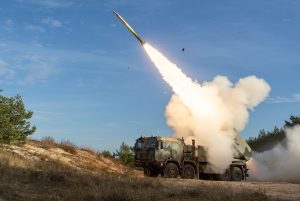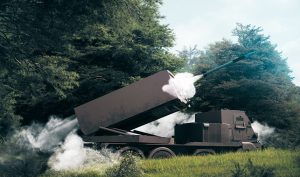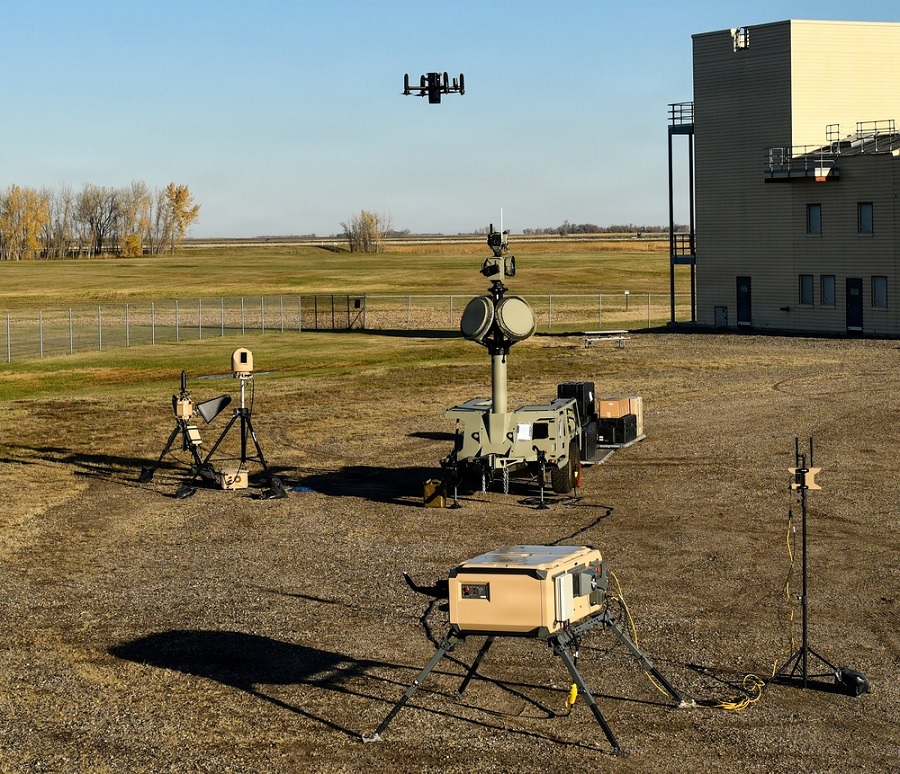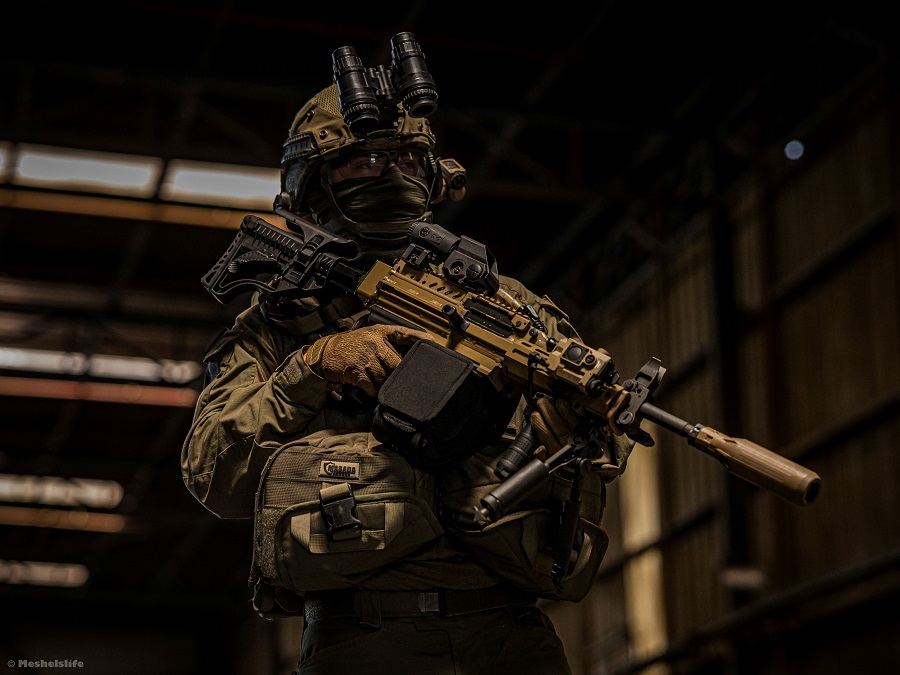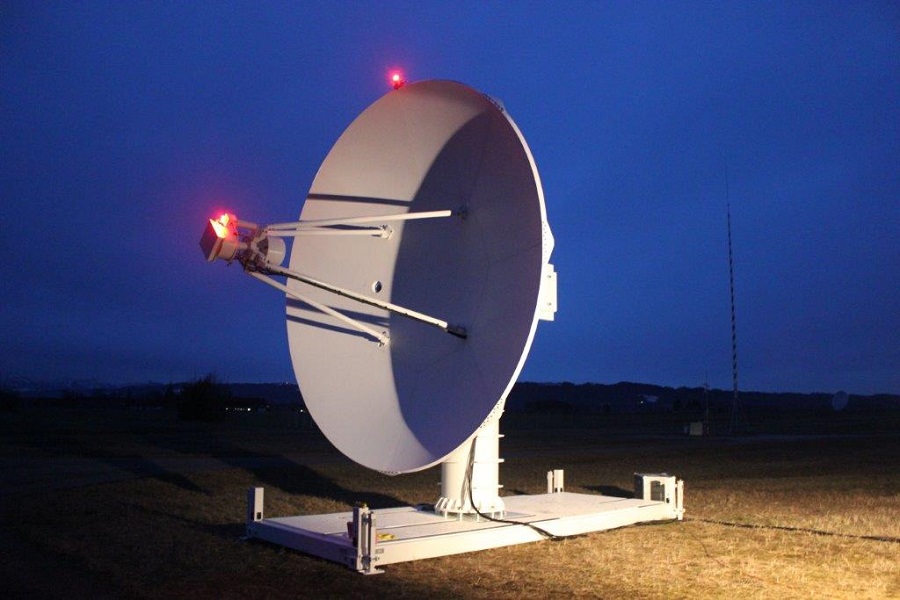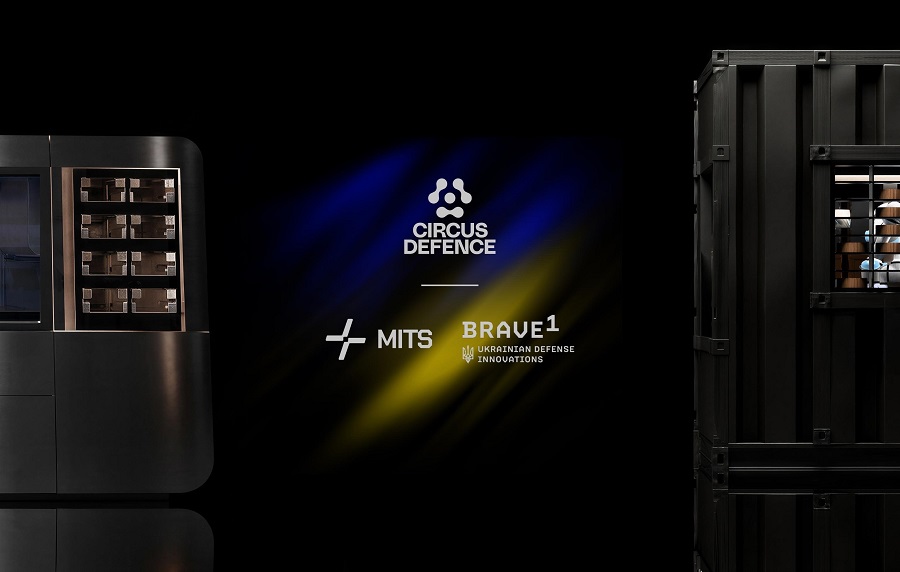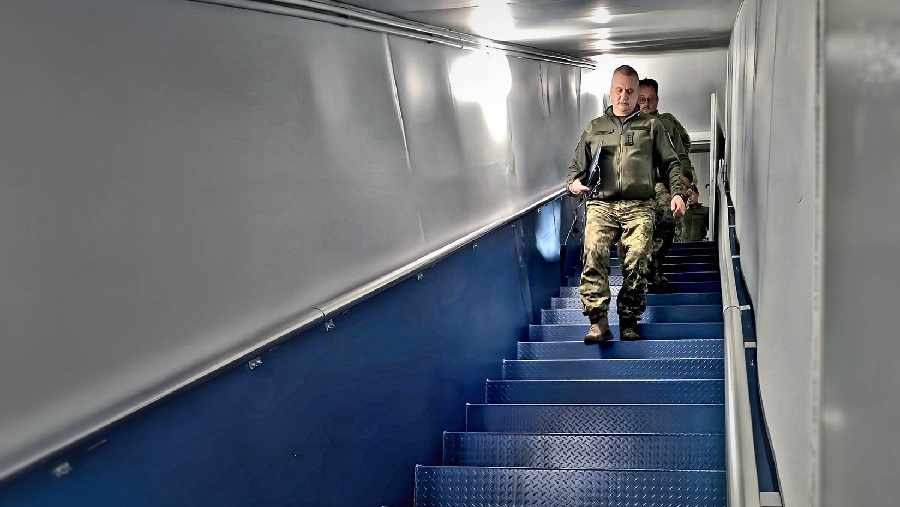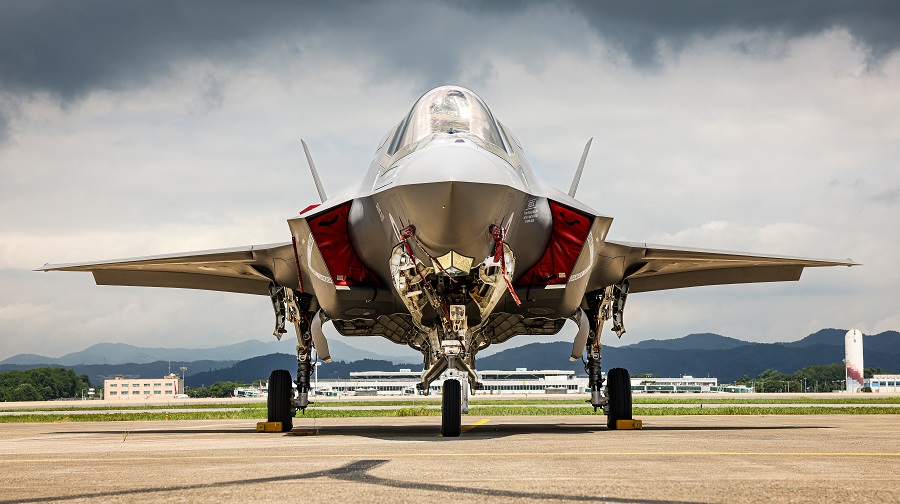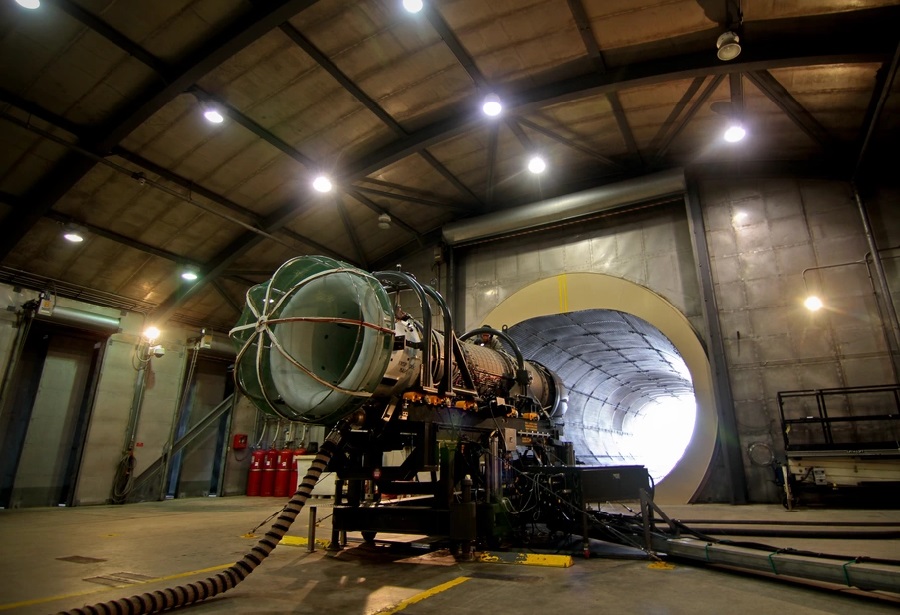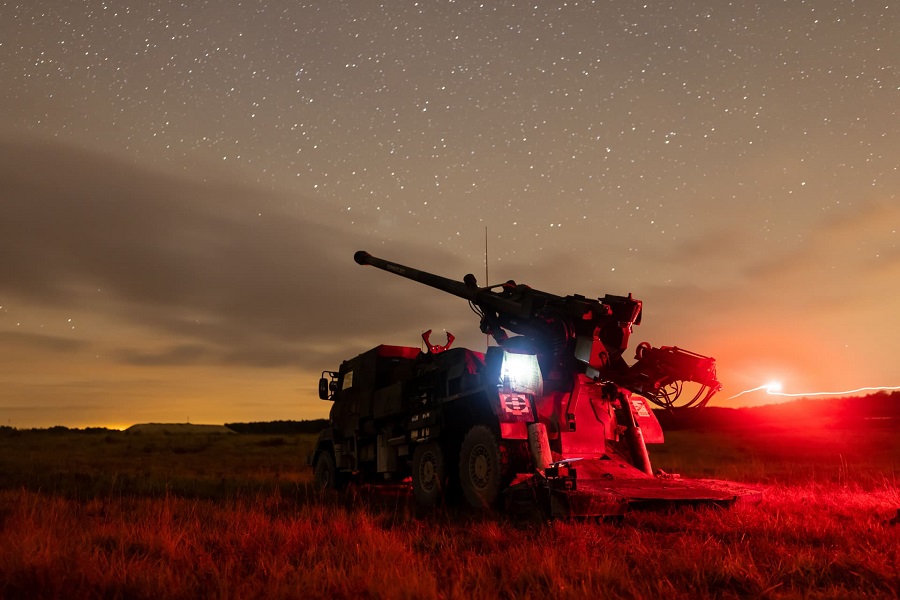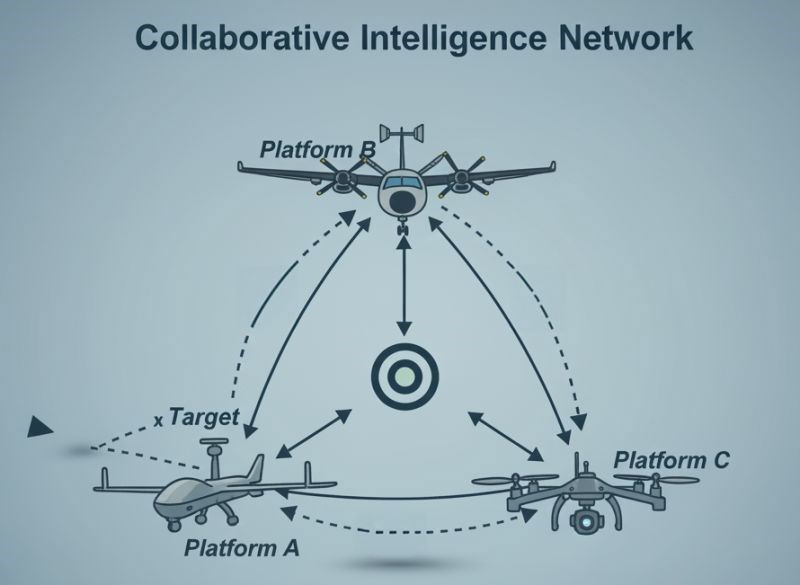First introduced to the U.S. Army in 2005, HIMARS was designed to be a mobile, long-range solution requiring fewer crew members. It has since become a core part of the Army’s long-range precision fires strategy, proving itself in over two decades of combat operations.
“HIMARS embodies what modern fires demand – reliability, accuracy and survivability,” said Carolyn Orzechowski, vice president, Lockheed Martin Precision Fires Launchers and Missiles. “It shows what American industry can achieve when we innovate in lockstep with the U.S. Army’s needs.”
In line with the Army’s focus on modernisation and readiness, Lockheed Martin has increased production speed and scale using advanced manufacturing techniques. The company is adapting to future needs by improving throughput and reinforcing its supply chain.
“We’re aligning our operations with the Army’s need to build faster, integrate smarter and keep the force ready by scaling production, strengthening the supply chain and maintaining the highest standards of quality,” Orzechowski said.
The Camden site recently doubled annual HIMARS output from 48 to 96 launchers, completing the expansion two months ahead of schedule. This growth is supported by $2.9 billion in Army contracts, which fund upgraded tooling, added workstations and supply chain improvements.
With predictable demand and strong collaboration with government and industry, Lockheed Martin is delivering launchers to forces faster while maintaining quality. “Speed matters—not just in the field but on the factory floor,” said Adam Bailey, Lockheed Martin Camden site director. “By streamlining processes and empowering our workforce, we’re getting capability into the hands of those who need it most.”
The HIMARS platform is being upgraded to integrate new munitions like the Precision Strike Missile and Extended Range GMLRS. Its modular structure allows for continuous evolution without replacing core hardware.
“HIMARS was built to move, shoot and survive—and it was built to grow,” said Orzechowski. “We’re working hand in hand with the Army to ensure the system keeps pace with emerging threats through the next decade and beyond.”
The Camden facility employs a skilled workforce whose expertise contributes to a national supply chain of component makers and suppliers. “Every bolt, wire and weld connects our workforce here in the U.S. to soldiers and allies overseas,” said Bailey. “What we build in Arkansas makes a difference worldwide.”
HIMARS is currently operated by 14 partner nations, strengthening global deterrence and interoperability. The same production line that supplies U.S. forces is supporting international stability through strategic defence cooperation.








